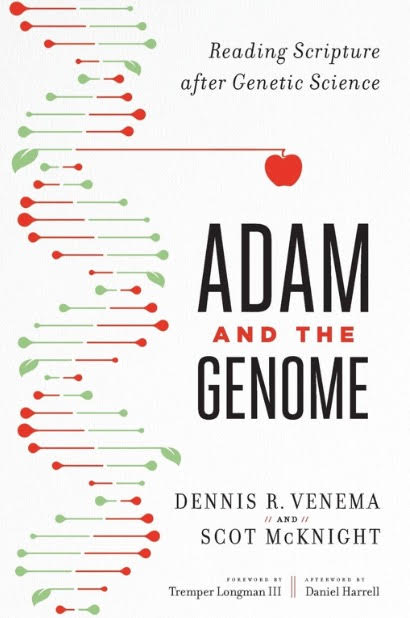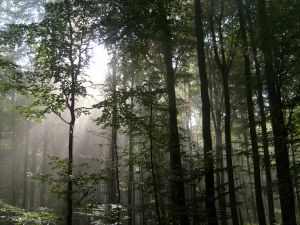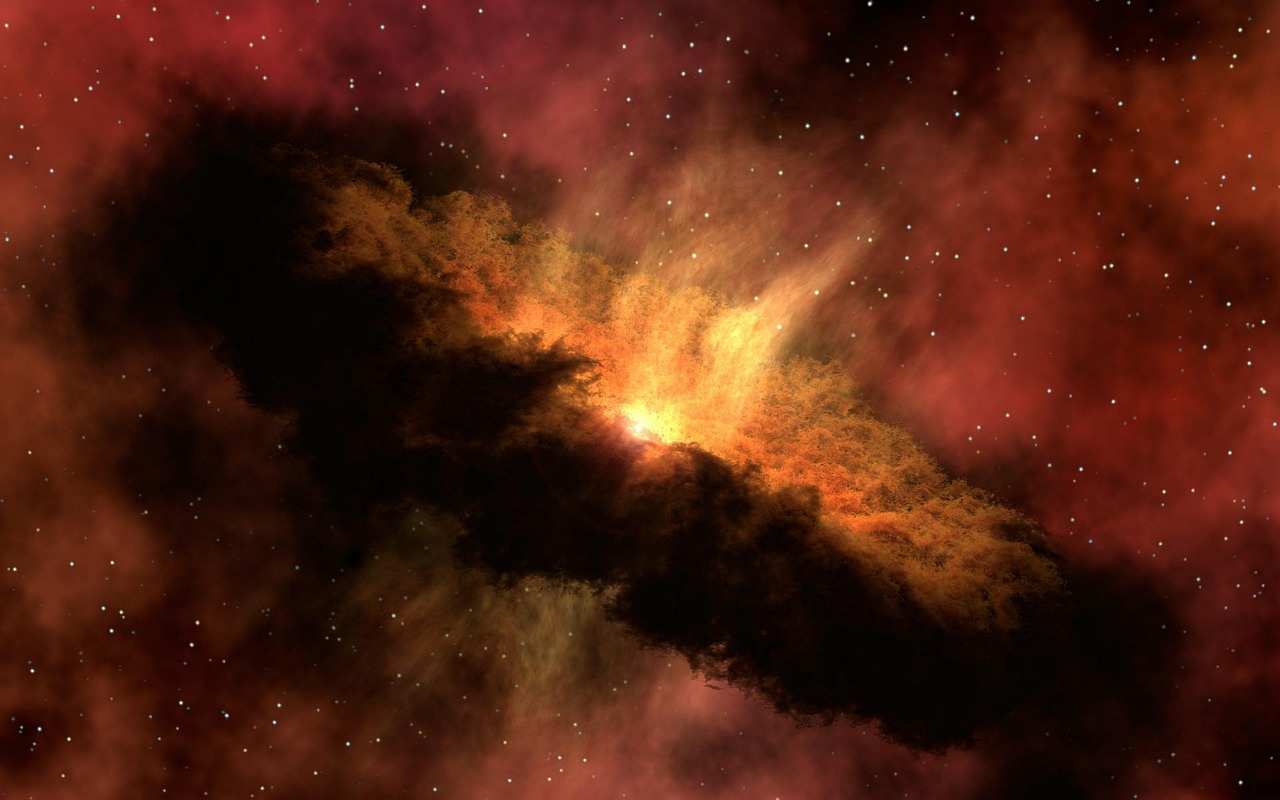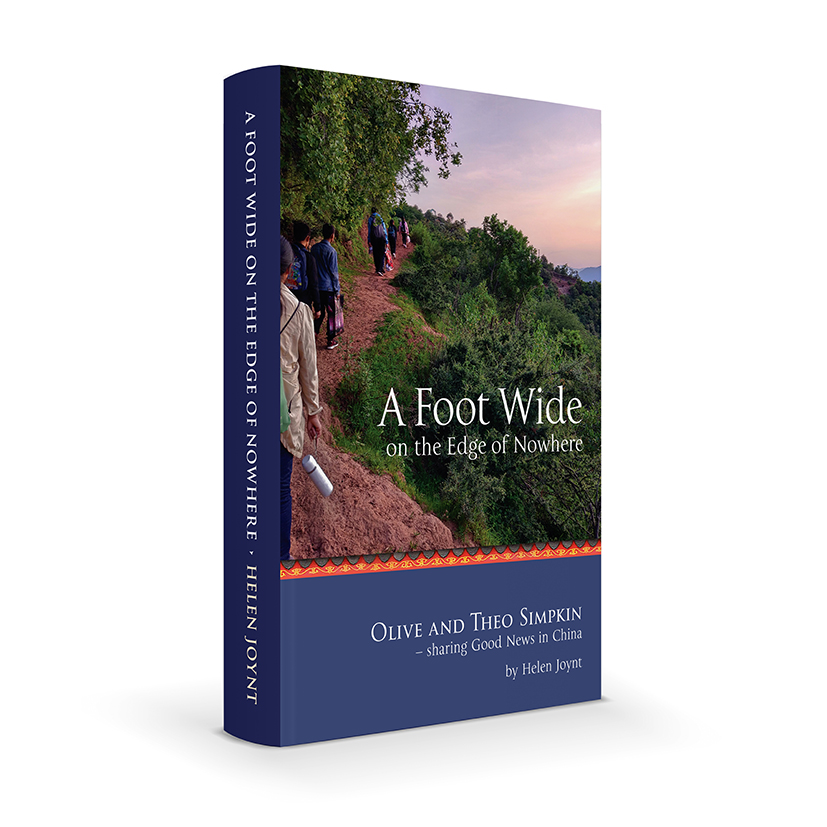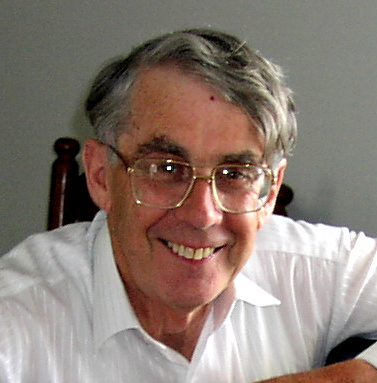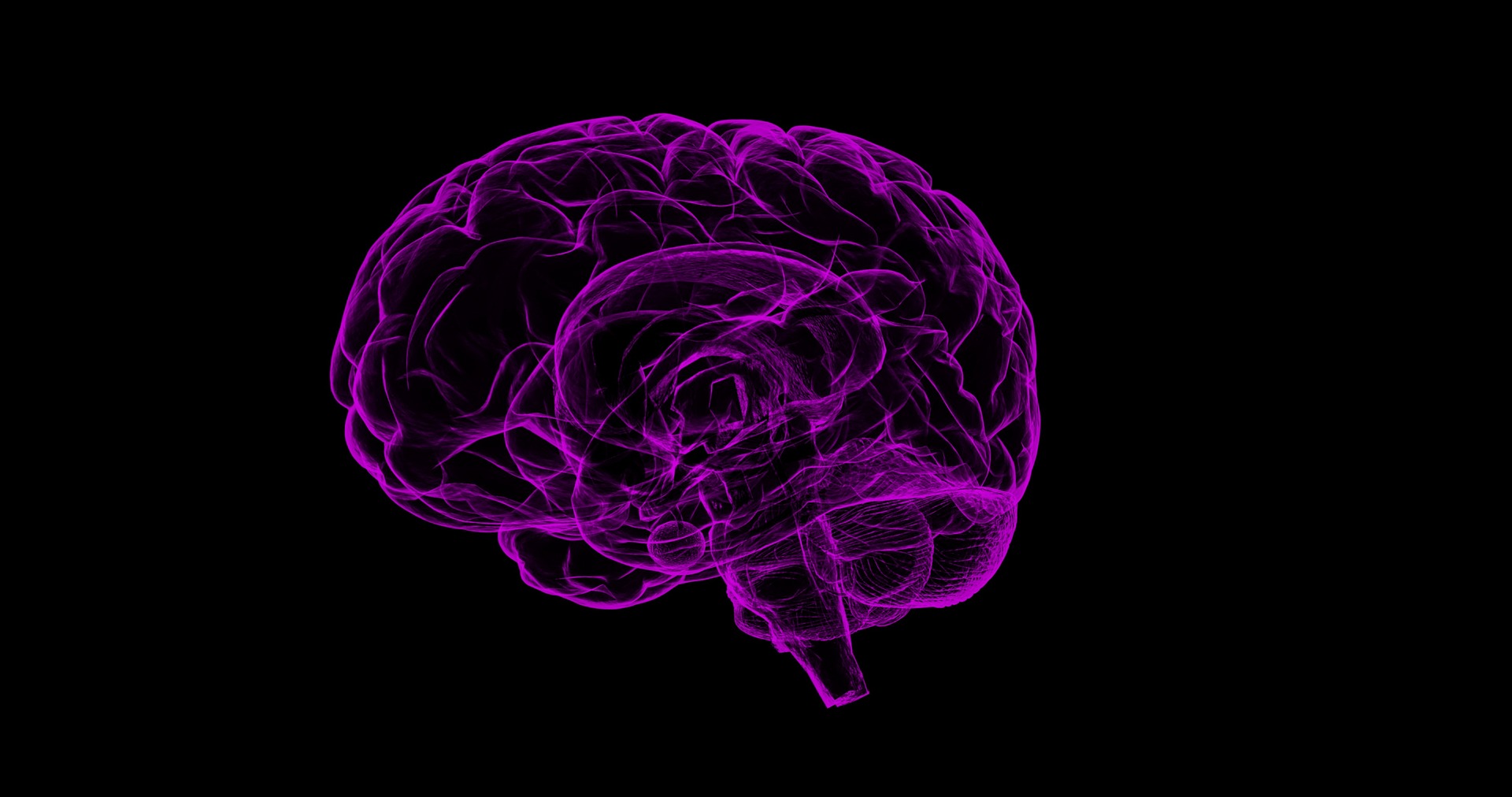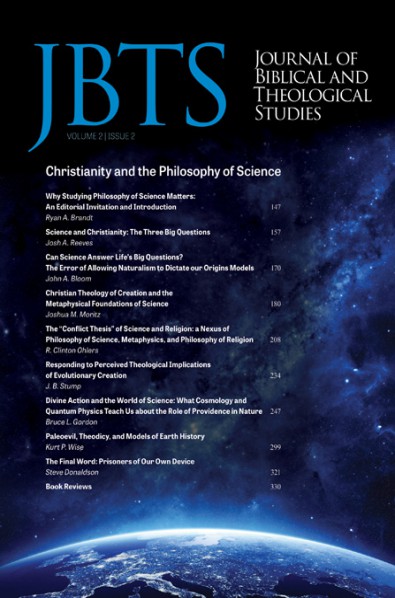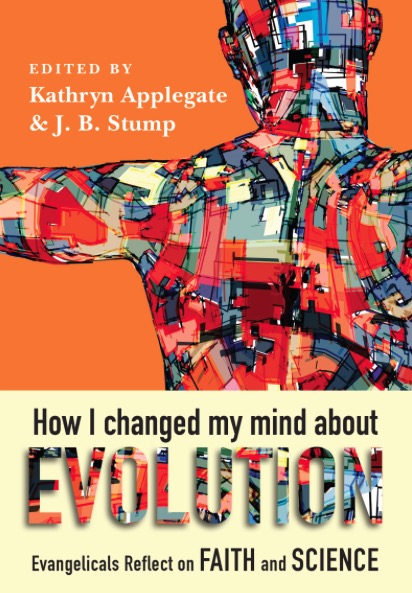


Alan Gijsbers
May 2017
Download review (218 KB)
Book Review—The Invention of Nature: The Adventures of Alexander von Humboldt the Lost Hero of Science by Andrea Wulf, John Murray, 2015. 473pp.
Alan Gijsbers is an Honorary Clinical Associate Professor in the Department of Medicine, Royal Melbourne Hospital, University of Melbourne. He is a physician in Addiction Medicine and Head of the Addiction Medicine Service at the Royal Melbourne Hospital. He is President of ISCAST.
Alexander von Humboldt: major river, or minor tributary, and does it matter?
Alexander von Humboldt—nineteenth-century Prussian naturalist, romanticist, and promoter of science—was, according to Wulf, a major contributor to the way in which we understand Nature (capital intended). Yet his name does not appear in the first of Alister McGrath’s three volume A Scientific Theology entitled Nature, in spite of the fact that McGrath explores secular and scientific philosophies of nature. Nor does Humboldt appear in the Cambridge Dictionary of Philosophy’s article on the philosophy of biology (there is no philosophy of nature entry). Jurgen Moltmann, despite being German, does not reference Humboldt in his 1984–5 Gifford Lectures, God in Creation. Berry and Jeeves do not mention him in their excellent Science Life and Christian Belief; Colin Russell does not mention him in his Cross-currents: Interactions Between Science and Faith, in spite of his chapter on romanticism in science, (which features Humboldt’s correspondent Humphry Davy). Reichenbach and Anderson’s On Behalf of God: A Christian Ethic for Biology surprisingly also fails to mention him, even though a theology of nature is prominent. John Hedley Brooke in his Gifford Lectures Reconstructing Nature: The Engagement of Science and Religion refers to Humboldt twice in passing, bundling him in with the eco-romantics of Coleridge, Davy, Goethe, Oersted, and Schelling. Nor is Humboldt mentioned in Brooke’s earlier Science and Religion: Some Historical Perspectives.
Yet Wulf makes a strong case for elevating Humboldt’s ideas to centre stage in the history not just of science but also of the politics around science and the very way we integrate the different sciences, geography, biology, zoology, and climatology into a coherent whole.
Politically Humboldt profoundly influenced the Prussian aristocracy of which he was an uneasy member. In the United States, Thomas Jefferson, the second President of the United States, regularly corresponded with Humboldt to find out the strengths and weaknesses of the Mexican state and to take advice on the Louisiana purchase, though Jefferson took exception to Humboldt’s criticism of US slavery. Humboldt inspired Simon Bolivar, the revolutionary leader in central and South America shortly after the Napoleonic wars, into taking action to free the South American people from the tyranny of Spanish colonial rule. Humboldt also influenced George Perkins Marsh, a congressman and diplomat from Vermont, who warned his readers of the detrimental impact of industrial humans on pristine nature. Humboldt’s writings heavily influenced John Muir, the US advocate for national parks, who in turn influenced US President Teddy Roosevelt.
In the world of science, Humboldt gained from the men of science in his day and in turn gave to those who came after him. Humboldt was in regular correspondence with Sir Joseph Banks, comparing collections. Subsequently, Charles Darwin had copies of Humboldt’s Personal Narrative aboard the Beagle. Consequently, Darwin consciously imitated Humboldt’s ideas and style as he collected, reflected, and wrote about his scientific observations. Thus, Humboldt mentored Darwin, who in turn mentored Ernest Haeckel, who was also inspired by Humboldt. Haeckel married art and science, and his meticulous drawings especially of radiolarians are a delight. Haeckel was a strong German advocate for evolution and coined the term ecology, reflecting Humboldt’s integrated approach to nature. Humboldt corresponded with many scientists of his day, including Charles Lyell, who had a profound effect on British geology.
Alexander von Humboldt was a polymath and younger brother of Wilhelm, whom I encountered in Jerrold Seigel’s The Idea of the Self. They were both Prussian aristocrats in the late 18th and early 19th centuries. The elder Humboldt had a profound effect on Prussian education, which was reflected in how the nation saw the citizens they were educating. The elder Humboldt believed the education system should create an environment that allowed for the greatest self-development. Wilhelm was solid and dependable, Alexander was quixotic and wide-ranging. Alexander initially was a mining inspector, interested therefore in geology but driven by an intense wanderlust. Eventually he was able to travel to Venezuela where he explored the Orinoco River and its surrounds. He collected thousands of specimens and measurements. He was interested in, among other things, geography, botany, zoology, meteorology, geology, mountain climbing, and how climate affects ecological niches across the world. He corresponded with that other famous travelling collector Sir Joseph Banks. But Humboldt reacted against the mechanistic scientism of the time and explored how the vistas and beauty of nature made him feel. In that, he inspired Wolfgang von Goethe, Samuel Taylor Coleridge, and Humphry Davy. The last two in turn brought that romantic notion of nature to England. The American transcendentalists Emerson and Thoreau were also deeply affected by Humboldt’s desire to inspire the emotions as well as the mind.
Humboldt’s major contribution, well described by Wulf, was to integrate all his scientific discoveries into a unified narrative. This can be summarised in his chart, based on Mount Chimborazo in Ecuador, in which he describes the distribution of plants at different altitudes. He labelled the chart Naturgemälde and spent the rest of his life refining this idea by studying other mountainous regions. Unfortunately, in spite of his considerable political influence, the directors of the British East India Company did not like to have an anti-colonialist traipsing about in the Himalaya of India, so his desire to climb the Himalaya was denied; but he was able to travel through Russia to the Altai Mountains to collect more specimens and measurements corroborating his vision.
Wulf describes the watershed between a fairly rigid mechanistic science, governed by a Linnaean and Newtonian vision of the world, and Humboldt’s more integrated view of the interconnectedness of natural phenomena and their emotional impact on the viewer. She invokes Humboldt’s discovery of Kant’s critique of reason and empiricism to identify how important the subjective was in the apprehension and appreciation of nature. Wulf does not go as far as Susan Cannon, who invokes a “Humboldtian science” in contrast to a “Baconian science,” where the former seeks interconnections in measurements whereas the latter breaks the world down into fixed categories. Other historians describe the organic versus the mechanistic, or the romantic versus the rational, but these terms are too restrictive for Humboldt. He charted facts onto maps, developed isotherms and tried to justify his views with astute observations. Thus he practised consilience before it became another of the many terms invented by William Whewell, and was famously resurrected by E. O. Wilson in his book of that name.
Unfortunately, a minor theme in Wulf’s work is her anti-religious stance. This is understandable as Humboldt lived in the turbulent times of the French Revolution and the post-Revolution reactions of 1789 and 1848. This was a time when religious commitment was intimately bound up with political power. Thus, the Roman Catholic Church strongly sided with the royalists in the French Revolution and the Revolutionaries were staunchly anti-Catholic. Wulf describes, “[in 1820’s] Humboldt was also becoming uncomfortable at the way that religion, with all its constraints on scientific thinking, was reasserting its grip on French society. With the return of the ultra-loyalists, the power of the Catholic Church rose” (p 180). Wulf uncritically perpetuates the myth of the Huxley–Wilberforce debate and propagates the idea that the theory of evolution dispenses with the need for a creator. Wulf also uncritically promotes Ernst Haeckel’s rather woolly religious ideas, stating that “as long as there were scientists and artists, … there was no need for priests and cathedrals.”
Overall, though, this book is a wonderful read. We really encounter Humboldt in all his multi-faceted richness of information, his thoughts, his inspirations, and his networks. Humboldt’s boundless energy and enthusiasm inspired many other explorer-scientists. Wulf describes the widespread celebrations around the world in 1869, the centenary of his birth, especially in the United States, but also in remote parts of the world, including Adelaide and Melbourne. Why then is there so little acknowledgement of the man a century later? Wulf suggests that anti-Teutonic sentiments following two world wars may be to blame; but Beethoven and BMW seem still to be popular.
However, Humboldt continues to be remembered in scientific circles for his current, his penguin, squid, lily, orchid, oak, skunk, fruit tree, willow, dolphin, a bay, a glacier, a river, a peak, a mountain, a number of mountain ranges, a sinkhole, a waterfall and a state park! There are also a number of towns and counties, named after Humboldt, particularly in the United States, as well as a lunar mare (sea) and an asteroid. There are a number of universities in Berlin, Columbia, and Venezuela named after him, as well as schools in Germany, Canada, Mexico, and Venezuela. His name also lives on with a lecture series in human geography in the Netherlands, and in a German foundation to encourage young researchers.
It is disappointing that the final chapter before the epilogue is badly proofread. The last paragraph is a repeat of the second last one and we do not read what happened to John Muir’s trip to South America (at last Muir was able to follow the footsteps of his hero, Humboldt!). This is only a minor but irritating glitch. Overall, the book is highly recommended.
